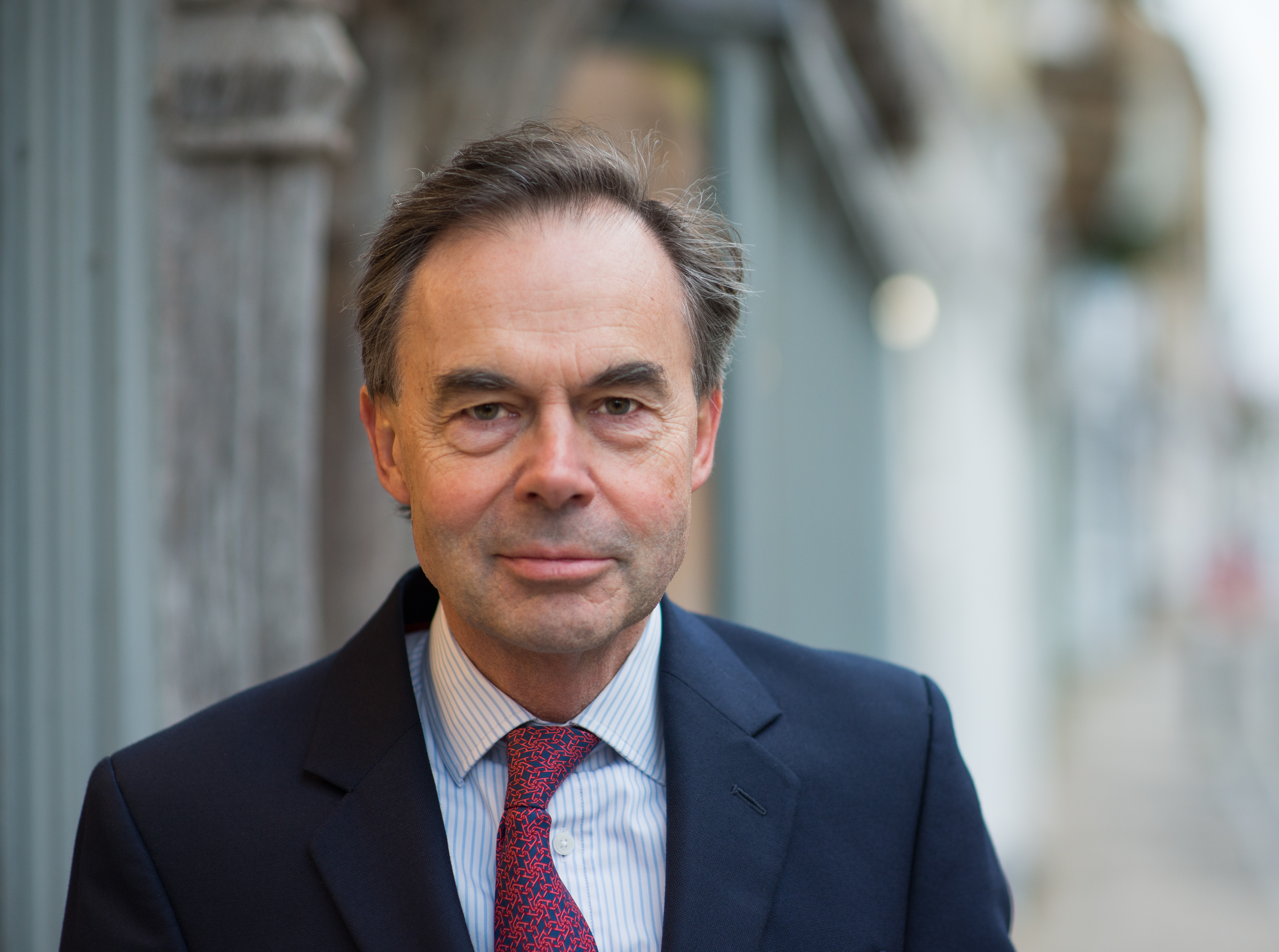January set a better tone for world markets, picking-up from Q4 last year rather than December’s negative tone. Let’s hope that January has set the tone for the year.
The European Central Bank and the Bank of England put their base rates up by a further 50bp (to 3% and 4% respectively), with the promise of a further 50bp to come from the ECB and rather more talk of “considerable uncertainties” and close monitoring by the Bank. The US Federal Reserve lifted the Fed Funds rate by just 25bp to 4.75% and Chairman Powell cheered with talk of the onset of dis-inflation, though he was careful to warn that there is a long way to go, and it was probably going to be bumpy.
The first bump followed quickly with a jump in US employment in January (half a million new jobs, far greater than expected) and US bond yields rose. But, over this period, ten and thirty-year US Treasury yields are still lower (both trading around 3.7%). UK Gilt yields have also fallen, the ten-year is down to 3.3% and the thirty-year to 3.8%, not leaving a lot of room for disappointment. Lower rates and the improved background are bringing down credit spreads and the primary market is buoyant, particularly in euros, with plenty of new issues meeting strong demand.
Equity markets have had a strong month led by the NASDAQ, which was squeezed higher by 16% over this period. Having observed last month that big tech would need to show some signs of life soon to feel at all confident about the equity rally, this condition would appear to have been met. But this does need to be qualified with a slowing in momentum apparent in figures from a number of the big tech companies over the past ten days.
The US dollar has continued the sell-off that began in the autumn, but the momentum is definitely slowing and most of the move appears to have happened now. Oil prices have picked-up over the period but, thankfully, European gas prices have not. The rise in the price of gold also appears to have halted for now, recent data have revealed strong buying by central banks over 2022 in the wake of the war in Europe and ensuing sanctions.
The principal concerns that we set out at the beginning of the year are largely unchanged:
- Have we seen the worst of inflation?
- How far will the Federal Reserve (and the other CBs) go?
- Will the recession be worse than currently expected?
- Is there an endgame in Ukraine or does it get worse?
At the moment, the prospects for inflation still appear to be improving, which, in turn should limit central bank action, but… The prospects for recession appear to be pointing more towards shallow or minimal outcomes. I am sure this will all change. We still like shorter-dated sterling corporate fixed interest (credit) but would be cautious for longer-dated fixed interest. Equity markets feel more comfortable at present, and the impression is still that stocks are ‘under-owned’, though we definitely expect more volatility to come.
The above article has been prepared for investment professionals. Any other readers should note this content does not constitute advice or a solicitation to buy, sell, or hold any investment. We strongly recommend speaking to an investment adviser before taking any action based on the information contained in this article.
Please also note the value of investments and the income you get from them may fall as well as rise, and there is no certainty that you will get back the amount of your original investment. You should also be aware that past performance may not be a reliable guide to future performance.
How would you like to share this?

